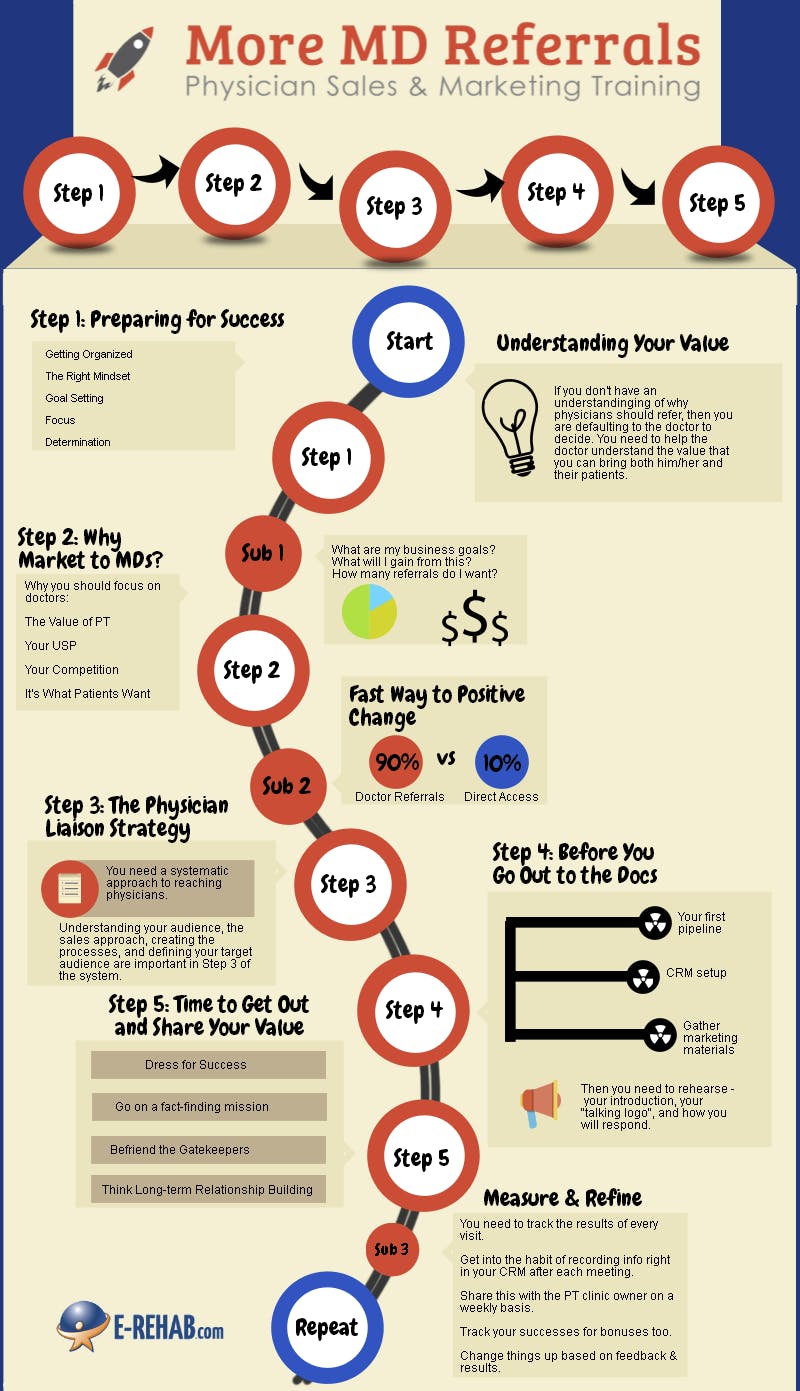In this post I want to share five brief interviews I did with members of my local North San Diego community. The answers were a bit surprising.
TL;DR We interviewed four men and one woman in our local community and as you will notice, physical therapy was never mentioned by any of them. So, the obvious question is: Are you marketing your practice enough to your community?
Here’s the recording:
Here’s the transcript of the interviews:
Interviewer:
“Thank you for participating. The first question I have is, uh, if you had neck or back pain, who would you go seek medical care?”
Participant #1 Answer:
“Well, it depends on the type, just stiffness or sciatica. I have chronic low stiffness, so I go to the chiropractor.”
Interviewer:
“Okay. And how about if you had shoulder knee problems? Who would you go see for that?”
Participant #1 Answer:
“Um, probably an orthopedist.”
Interviewer:
“And have you ever had physical therapy before?
Participant #1 Answer:
Uh, yes I have.
Participant #2
Interviewer:
My first question for you is if you had neck or low back pain, who would you go see?
Participant #2 Answer
“Chiropractor”
Interviewer:
“If you had a shoulder or knee pain, who would you go?”
Participant #2 Answer
“Either a masseuse or an acupuncturists.”
Interviewer:
“My last question is, uh, have you ever been to physical therapy before?”
Participant #1 Answer:
“Uhhh, no.”
Participant #3
Interviewer:
“My first question is if you had neck or back pain, who would you go see?”
Participant #3 Answer:
“Neck or back pain? Uh, either a chiropractor I go to, or my local doctor.”
Interviewer:
“How about shoulder and knee pain?”
Participant #3 Answer:
“Shoulder and knee pain. Um, uh, it’s shoulder pain. I’ve had before I went to both, I got like treatment at a chiropractor and I also went to my local doctor for that electrical stuff.”
Interviewer:
“Have you ever been to a physical therapist before as therapists?”
Participant #3 Answer:
“No, my sister is actually going to school for that…”
Participant #4
Interviewer:
“My first question is if you had neck or back pain, who would you go see?”
Participant #4 Answer:
“Uh, I would probably say a chiropractor.”
Interviewer:
“How about shoulder and knee pain?”
Participant #4 Answer:
“I would once again, probably say a chiropractor.”
Interviewer:
“Have you ever been to a physical therapist before as therapists?”
Participant #4 Answer:
“Yes”
Participant #5
Interviewer:
“My first question is if you had neck or back pain, who would you go see?”
Participant #5 Answer:
“I would see my general practitioning physician.”
Interviewer:
“How about shoulder and knee pain?”
Participant #5 Answer:
“Also my regular physician.”
Interviewer:
“Have you ever been to a physical therapist before as therapists?”
Participant #5 Answer:
“No, I have not.”











